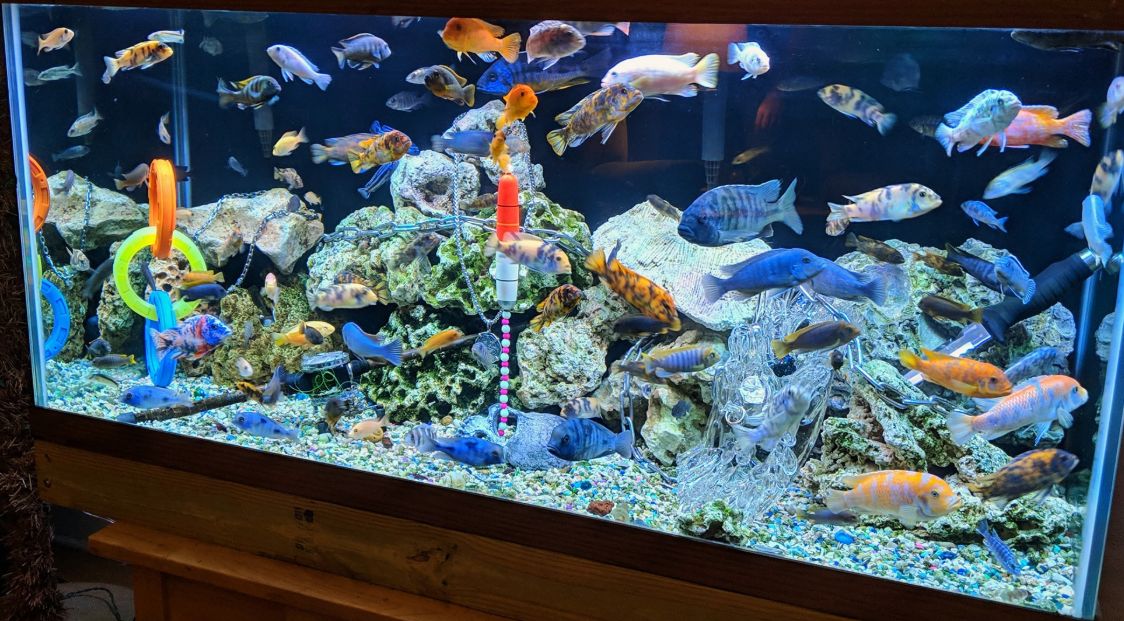
Sand is probably the most common substrate. Sand doesn’t allow food particles to drop down uneaten into the substrate. And most people like the aesthetics of white sand in an aquarium.
But it has its limitations. The fines it produces CAN destroy a pump impeller in weeks to months (depends a lot on the pump design). And the feces of the fish floating over a bed of white sand is decidedly unappealing. If one has white sand one almost HAS to put a bladed wavemaker positioned to sweep the front sand area.
Even then I personally find the look of white sand to be very bad and I NEVER use it. In my planted tanks I have used a mix of various cream through brown into black sands that have variations in the size. Fish feces and detritus do not stand out with such a mixed substrate.
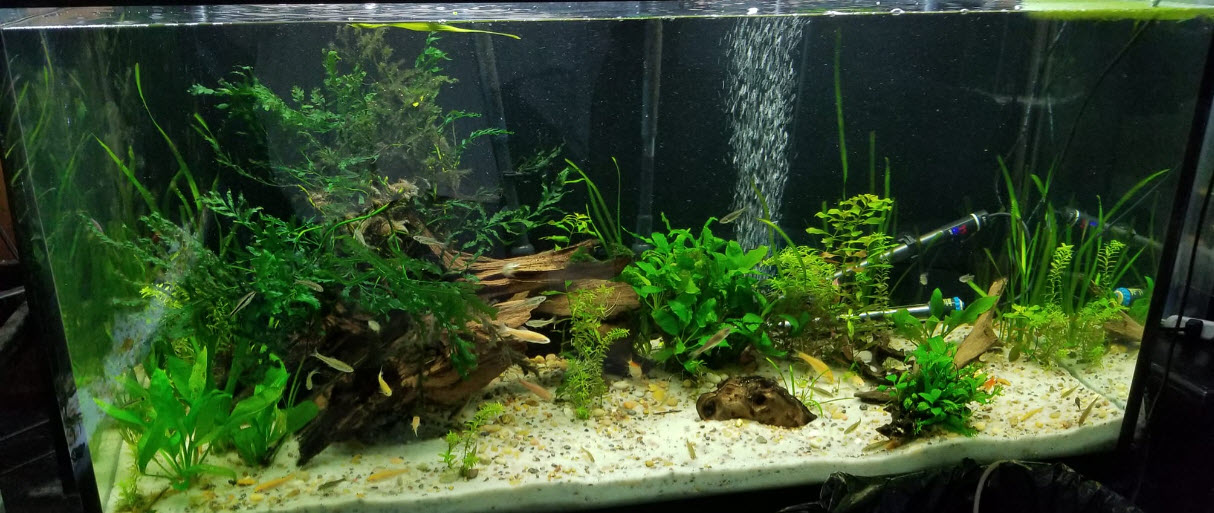
There are several distinct types of sand:
1, Play sand (0.004 to 0.018 inches in diameter, i.e. “fine”), $4 to $8 for a fifty-pound bag. This is poorly sieved and typically has lots of abrasive “fines” under 0.004 inches. This sand can give cloudy water for months and blow out a lot of pump impellers in the process. The cream color shows feces and can look very bad.
2, Pool filter sand (0.018 – 0.022 inches in diameter, i.e. coarse), $15 to $30 for a fifty-pound bag. This is very well sieved and washed and has neither many abrasive fines under 0.018 inches nor many large particles over 0.022 inches. Pool sand won’t pack down easily. The white color shows feces.
3, Aquarium sand (varies but typically 0.04 to 0.06 inches in diameter), $25 to $50 per forty-pound bag. This is typically closely sieved and washed and has very little in the way of abrasive fines. It comes in a lot of different colors and sizes.
4, Black Diamond Blasting Media (0.01 to .08 inches in diameter). $12 per fifty-pound bag. This requires considerable rinsing and will abrade pumps. But its coarseness is typically very desirable in a substrate. Surprisingly the dark color does show feces.
5, Deck coat sand (0.02 to 0.06 inches in diameter). $25 to $50 per fifty-pound bag. This is a very good type of sand. It is variegated in color and hides feces very well. It is very well washed and doesn’t have much in the way of fines. It is just very difficult to find.
.
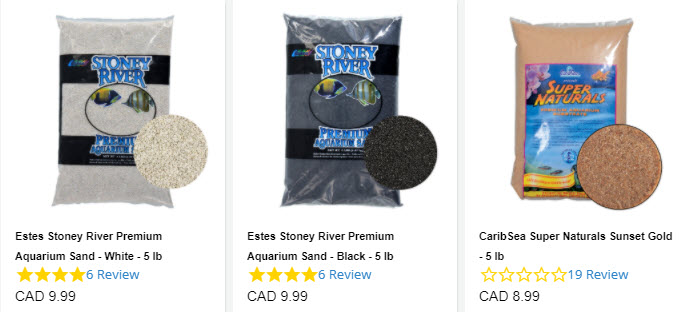
.
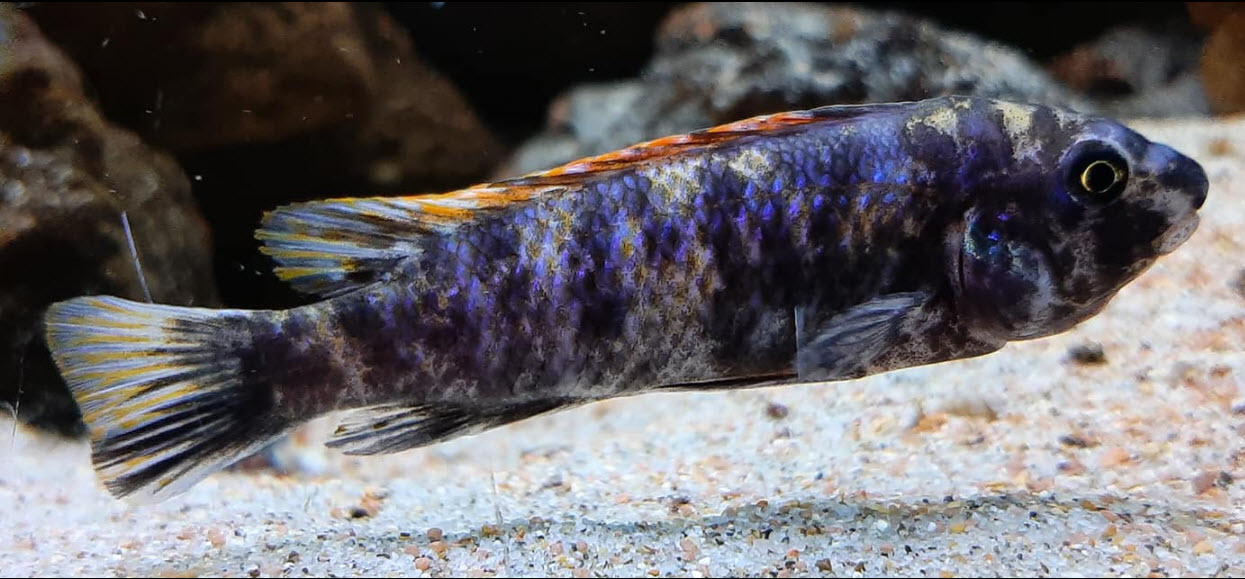
Abrasion of Pumps
The cost of this abrasion factor is something to consider. A magnetic pump might only last six months to a year in a tank with sand as a substrate. The same pump can go for four to eight years in an aquarium with aquarium gravel.
Now if one has small powerheads and wavemakers at $10 a pop this is no big deal. But if one has an FX6 canister filter it becomes a big deal. The FX6 motor costs $150 and the impeller assembly is $60. The amount of $210 every six months to a year is a steep price to pay. I would never use pool sand or play sand with an FX6 canister filter.
A coarse sand from the pet store made by a reputable brand is much better but also more expensive. These sands will have far less fines and will only have a slight effect on the pump life. Note that the coarser more expensive sands are much easier to vacuum. The coarser sands also do some biofiltration. Not as much as gravel but some.
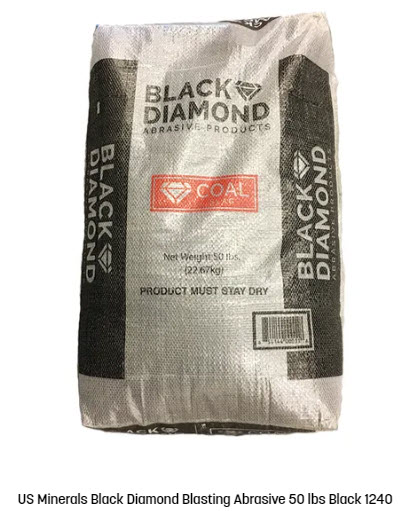
One very cheap and very good substrate is the coarse black sand from Black Diamond blasting media (1040 or 1240 grade). This is ground molten coal slag with a composition very close to a naturally occurring glassy rhyolite lava gravel such as is widely used in planted aquariums. This cheap blasting media has been widely used by many experienced hobbyists successfully for years.
The number associated with the type of Black Diamond Blasting media is important. Take for instance a 1240 medium grade. The first two numbers, the “12” is the number of wires per inch in the large sieving screen. 1 divided by 12 is 0.083 inches. The second two numbers is the number of wires per inch in the small sieving screen. 1 divided by 40 is 0.0125 inches. So the 1240 grade is sized between 0.0125 and 0.083 inches (0.32 to 2.1 millimeters). You want a grade where the second two numbers is 40 or below. The lower the second two numbers the larger the particle size and the better for an aquarium.

Some hobbyists swear Black Diamond substrate will remove the barbels of any catfish, including corydoras. This is simply a myth. There is a ton of research which says barbel erosion is from high bacterial count in a mulm either in the substrate or just above the substrate. For more on this see the substrate link below.
14.2. Aquarium Substrates
Another myth is that there are poisonous chemicals and “heavy metals” in Black Diamond blasting media. This is simply not true. This blasting media is just ground up waste glass, i.e. amorphous silica. Any elements and chemicals are tied up tightly in the glass matrix and CANNOT leach out.
But note fish feces are very apparent on Black Diamond sand, so I do not recommend it for most tanks with fish. I hate the look of light brown detritus and feces on the dark gray color of black diamond sand. Just my tastes.
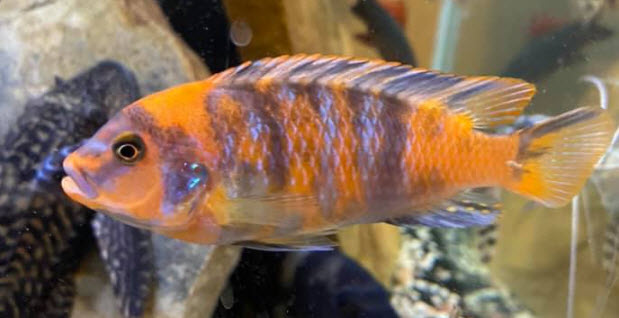
Other Grades of Sand
Other types of sand can be purchased over the internet or from a builders supply. There are types of “topping” sand which are gray and types of “decking” sand which are mixed browns. The aesthetics of the mixed brown decking sand is especially attractive as feces tends to blend into the sand and disappear. Both types of sand are very coarse. And they are relatively cheap in bulk ($25 for fifty pounds). This is a very good option for an aquarium if one can find it (it takes some dedicated searching!)
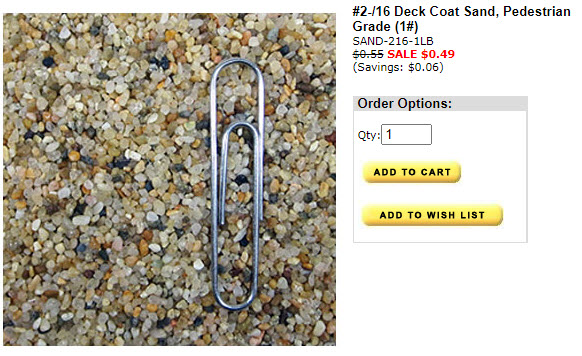
The “16” in this deck coat sand means it is 0.0625 inches in diameter (16 wires per inch in the sieve, or 1.6 millimeters in diameter). This is an excellent size for an aquarium.
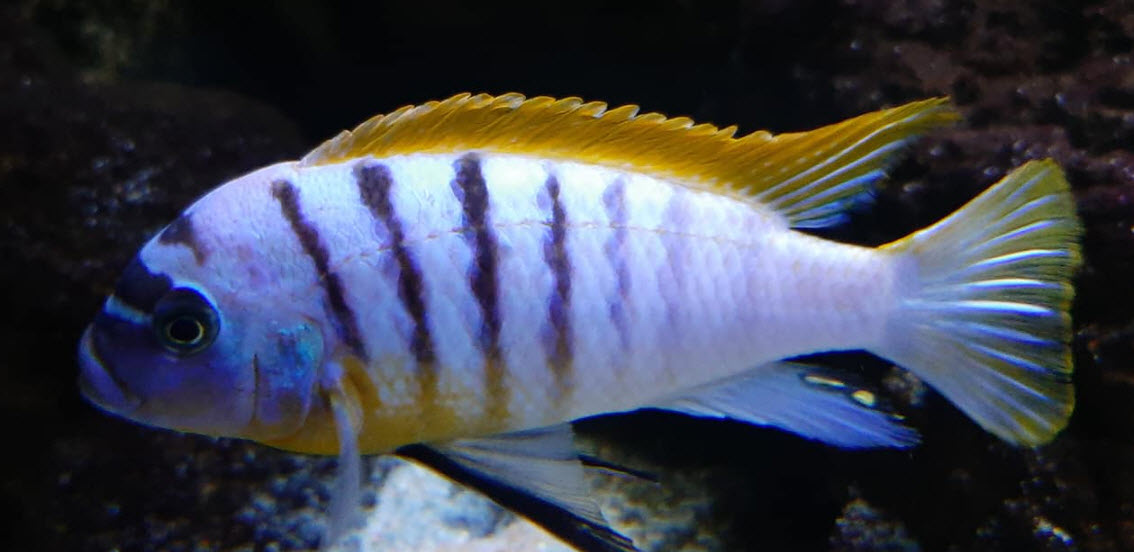
General Comments on Sand
Sand should be added to the aquarium AFTER cycling. This help reduce the effect sand has on filter pump impellers. Cycling creates a mucus like biofilm in the filter which will readily trap and render harmless many of the fine particles from the sand. All sand should be well rinsed before adding it to the aquarium.
White sand or white gravel in a freshwater aquarium has one very glaring problem. The fish feces tend to accumulate in a thin, spotty, light to dark brown mulm on the floor of a fine sand bottomed aquarium. This can be ugly in aquariums with white bottoms. The heavier the stocking ratio the heavier the mulm. Gray, tan or brown colored sand can reduce this unsightly problem considerably.
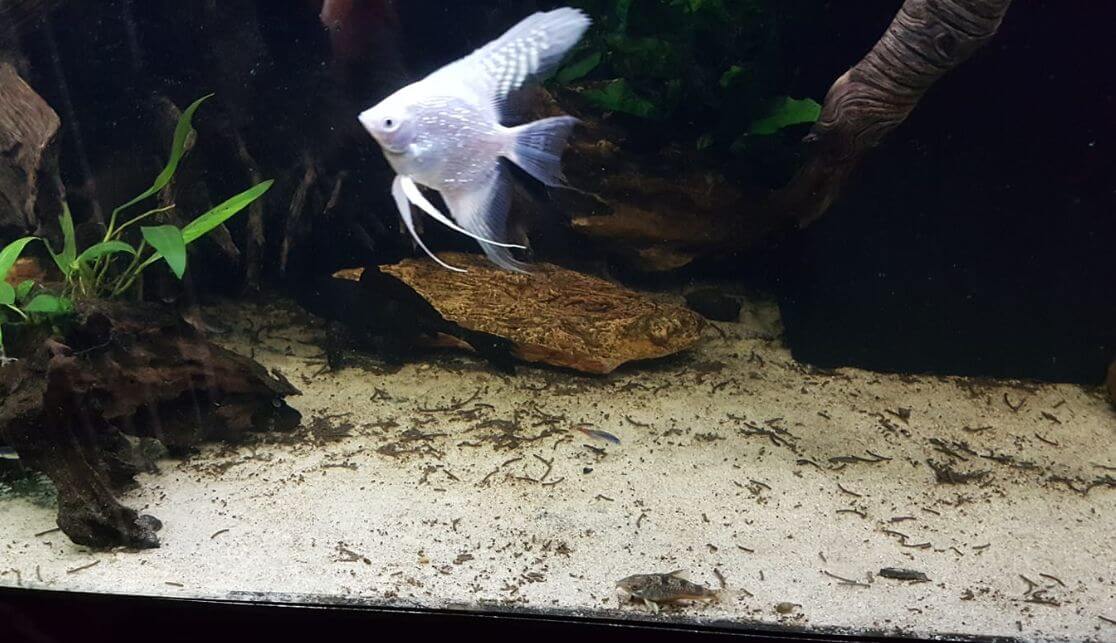
What white sand can look like.
.
Return to Equipment Menu
.
Aquarium Science Website
The chapters shown below or on the right side in maroon lead to close to 400 articles on all aspects of keeping a freshwater aquarium. These articles have NO links to profit making sites and are thus unbiased in their recommendations, unlike all the for-profit sites you will find with Google. Bookmark and browse!
.

Dave says
In reply to Jan I find that all the concern about substrate and ornaments with long flowing fins to be unfounded. If substrate can’t cut your fingers when sifting it it won’t cut the fins of a long finned fish.
Jan davis says
Not a comment but a question I’m going back I to fish after 25 years got 190 gallon purchased 2 platinum high fin butterfly koi carp I’ve been told to get fine sand blasting silica because these fish have long flowing fins and tails and they are fragile because if this can you advise